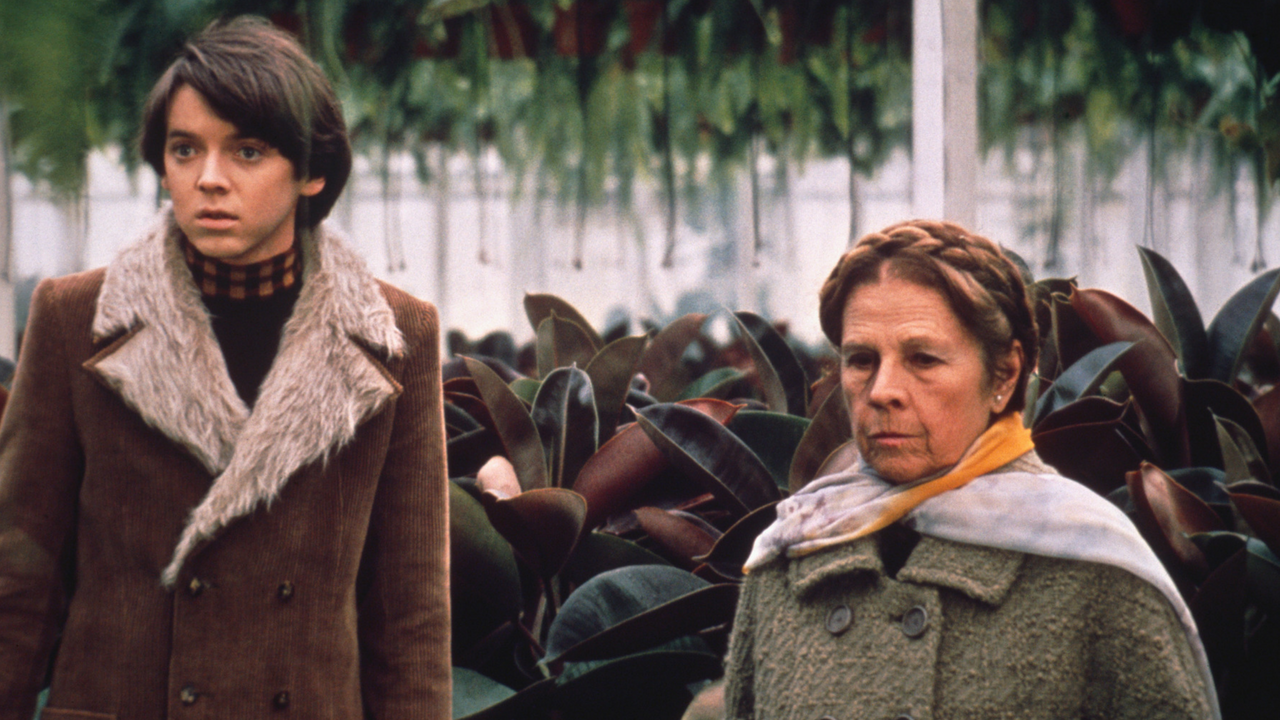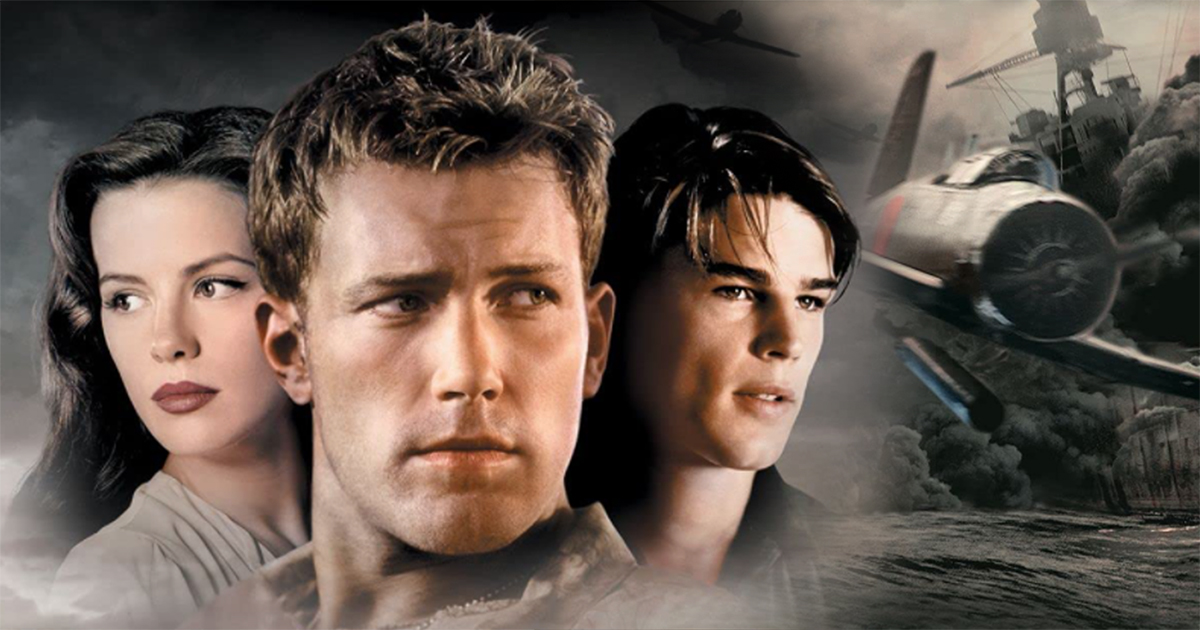is a cult classic dark comedy directed by Hal Ashby and written by Colin Higgins. Initially a commercial failure, the film has since gained critical acclaim and a passionate following for its unconventional romance, philosophical undertones, and bold exploration of life, death, and love. With its offbeat charm and existential themes, it remains one of the most original and enduring American films of the 20th century.
The film follows Harold Chasen, a wealthy and deeply morbid 20-year-old man obsessed with death. Played by Bud Cort, Harold spends his days faking elaborate suicides to shock his emotionally distant mother, attending strangers’ funerals, and generally drifting through life with a detached sense of meaninglessness. His privileged life is marked by numbness and disconnection—until he meets Maude.
Maude, portrayed by Ruth Gordon, is a 79-year-old free spirit with a wild, eccentric personality and an unshakable zest for life. She also enjoys attending funerals—though not out of morbidity, but out of appreciation for the cycle of life. When Harold and Maude meet at one such funeral, an unlikely friendship blossoms, which soon turns into a romantic relationship that defies convention, age norms, and societal expectations.

What makes Harold and Maude so powerful is its philosophical core. While Harold is consumed by death, Maude celebrates life in all its beauty and messiness. Through their relationship, Maude encourages Harold to break free from his emotional confinement, take risks, and find joy in living. She steals cars, plays the banjo, rescues trees, and teaches Harold the importance of being “here now.” Their bond is not just about love, but about liberation—from social norms, from fear, and from despair.
The performances are exceptional. Bud Cort brings an eerie stillness and dark humor to Harold, portraying a young man lost in his own nihilism. Ruth Gordon, with her vibrant energy and unshakable optimism, infuses Maude with life, wisdom, and mischief. Their chemistry is strangely tender, and while their relationship raised eyebrows due to the stark age difference, the emotional sincerity between them overrides superficial discomfort.

Visually, the film reflects its themes through contrast: Harold’s gray, sterile mansion versus Maude’s cozy, chaotic railway car home; the cold, repetitive rituals of Harold’s upper-class life versus the spontaneous, rebellious nature of Maude’s actions. The soundtrack, composed and performed by Cat Stevens, adds an emotional resonance to the story. Songs like “If You Want to Sing Out, Sing Out” and “Don’t Be Shy” underscore the film’s central message about individuality and the importance of embracing life on one’s own terms.
Harold and Maude is more than a quirky love story—it’s a meditation on the human condition, mortality, and the transformative power of love. It challenges viewers to rethink what it means to live fully and love fearlessly. Though it was initially met with confusion and controversy, the film’s legacy has only grown stronger over the decades, inspiring generations of audiences to reject conformity and find beauty in the unexpected.
In the end, Harold and Maude is a celebration of life, wrapped in death, and driven by a belief in the extraordinary power of connection—even when it comes from the most unlikely of places



